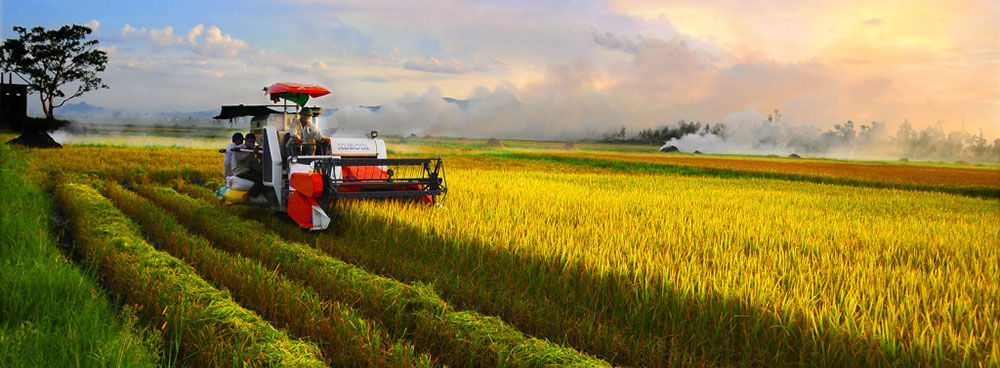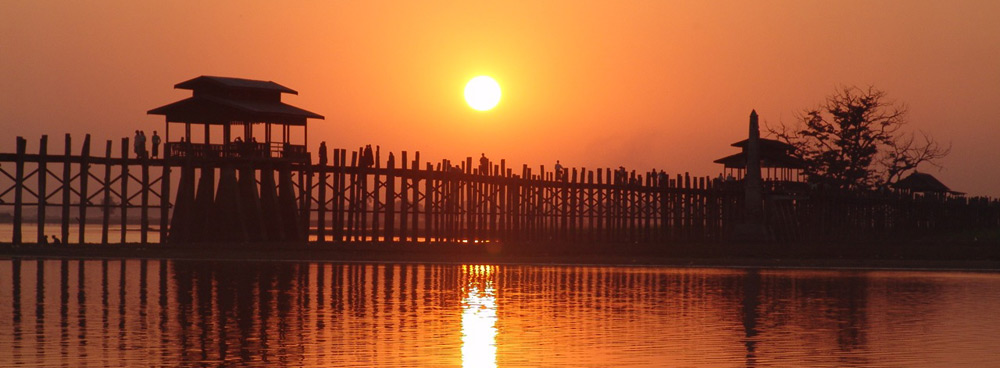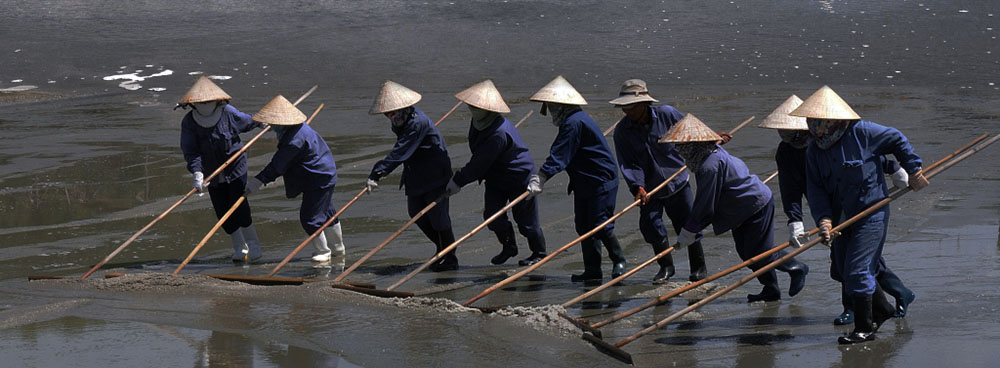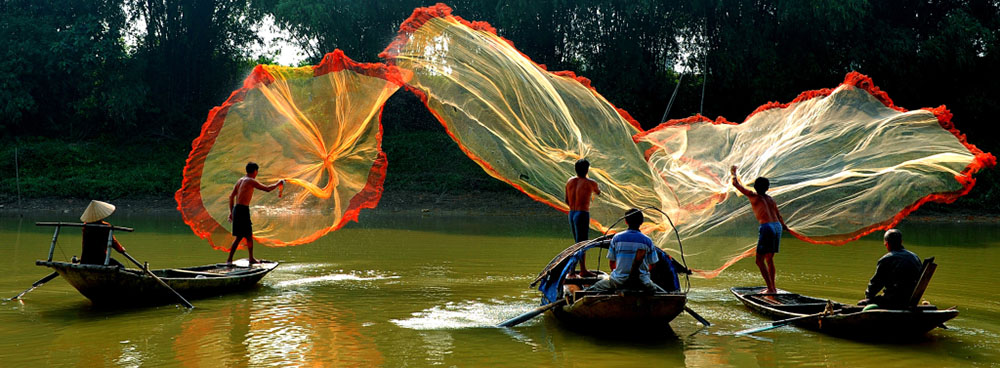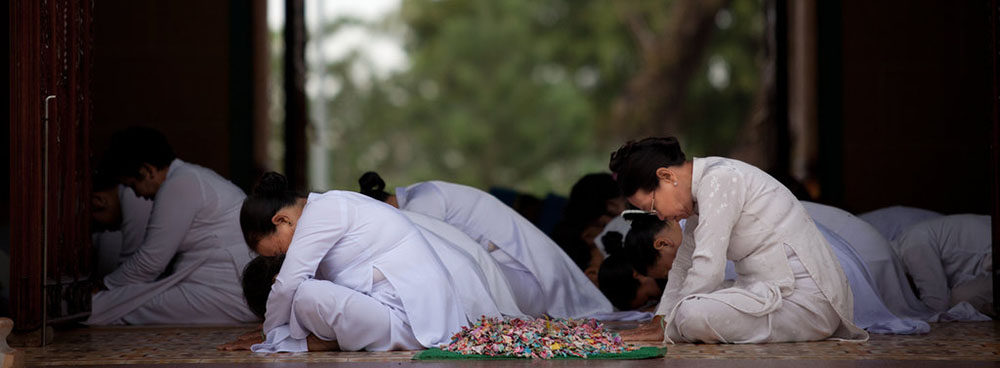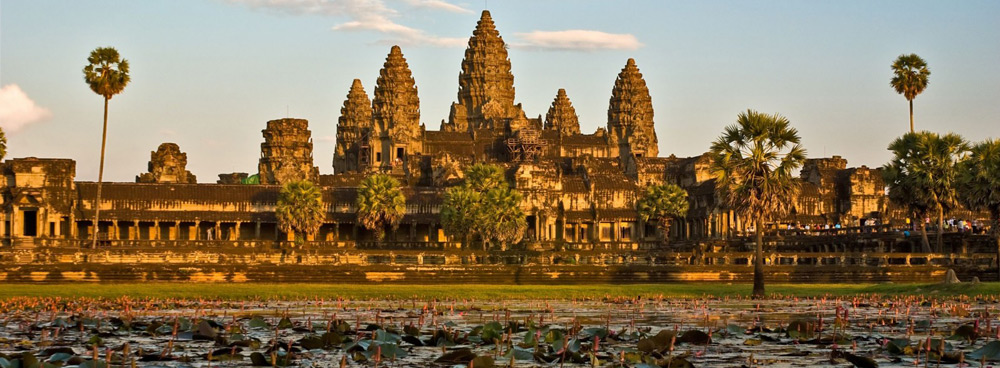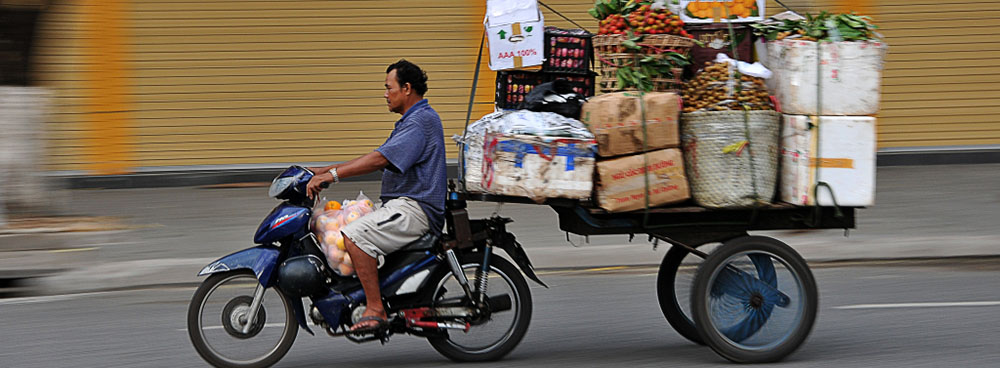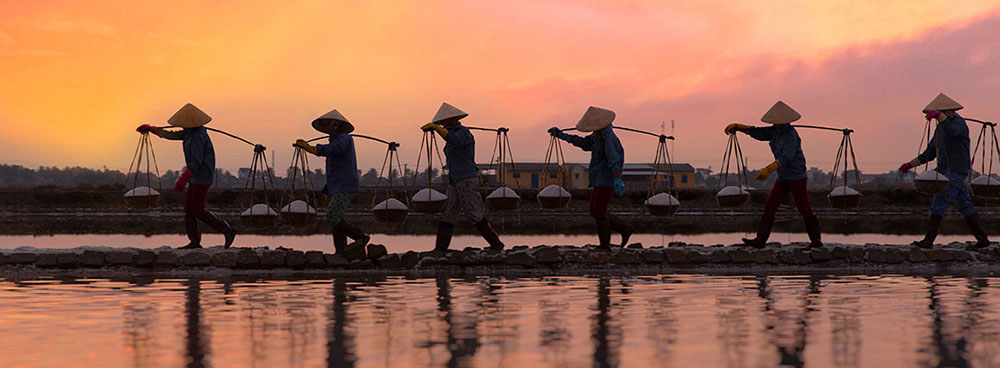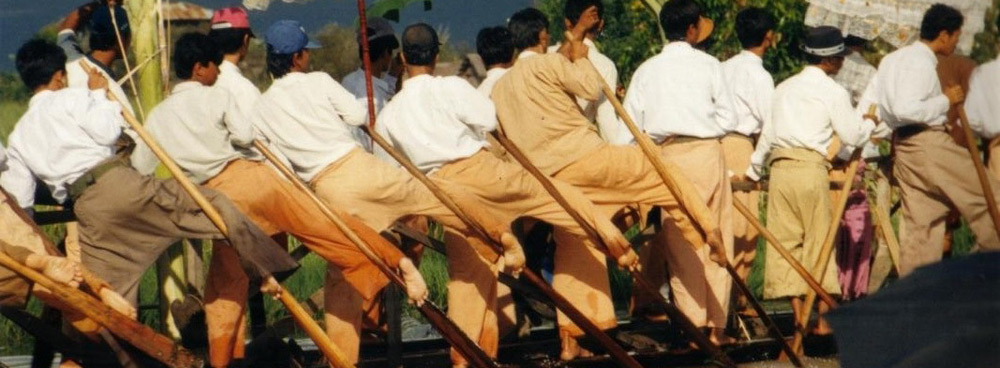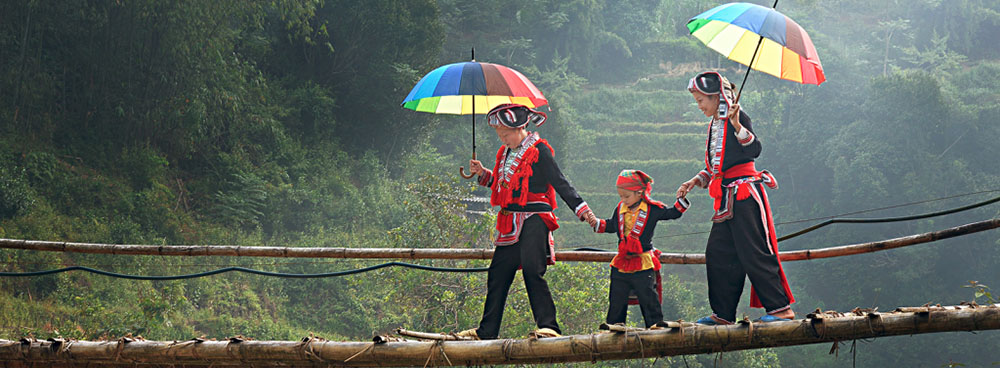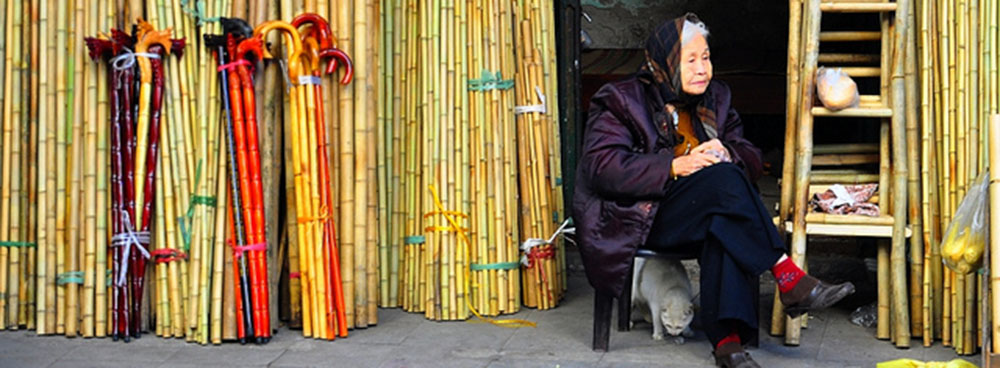Transportation
There are two Lao airlines operating in Laos, the larger national carrier, Lao Airlines and a small, quite new airline, Lao Air. The former flies both international and domestic routes, the latter domestic only. If you plan to fly domestically, chances are you'll be on a Lao Airlines flight.
Their domestic routes include:
- Vientiane - Luang Prabang - Vientiane
- Vientiane - Pakse - Vientiane
- Vientiane - Phonsavan - Vientiane
- Vientiane - Udomxai - Vientiane
- Vientiane - Huay Xai - Vientiane
- Vientiane - Luang Nam Tha - Vientiane
- Vientiane - Savannakhet - Vientiane
- Luang Prabang - Pakse - Luang Prabang
- Luang Prabang - Phonsavan - Luang Prabang
Travel by bus is the most commonly used means of transport for a private journeys or individual, and a few dollars can get you a long way. It is time consuming, however, to travel long distances overland and if one is limited for time then should opt to fly. The "bed bus" is a fairly comfortable way to travel long distances by night. One common route is Vientiane-Pakse which costs around $16 and leaves at night, arriving in Pakse in the early morning. Mini-vans can also be hired and are more comfortable than a bus.
There are several means of transport in Laos for your choice, but the most convenient one for foreign tourists would be Tuk Tuk if you are in big cities or provinces. The Tuktuk is Laos’s local version of a taxi. It’s essentially a three-wheeled vehicle that looks like a modified motorcycle built with a metal frame carriage that can accommodate 2 - 4 passengers. The carriages are usually bright and colorful, and these three-wheeled vehicles can be found in nearly every town and city in Lao.
This is much more comfortable and quicker than public means of transport for getting around inside a city.
Tuktuks are great for buzzing around the busy and crowded streets, as they can easily maneuver and squeeze through the smallest gaps in the traffic. However, this also means that you will experience the ride of your life. The Tuktuk drivers can drive really fast and turn and cut corners that most foreigners find themselves clinging on to their seats! Taking the Tuktuk may not be for the faint-hearted, but it’s a great way to experience and travel around Vientiane and other towns and cities in Lao. These short journeys will cost on average 1-2 dollars, depending on your haggling skills. Nevertheless, it is one of Laos’s unique mode of transport, and a symbol of Lao ingenuity.
The Songthaew originally started in Thailand, and became popular in neighboring Laos as a means of public transport. While the Songthaew that you will find in the capital Vientiane and in the historic city of Luang Prabang are pretty much similar to the ones in Thailand, this version of the Songthaew is unique to Vang Vieng and the rural areas of Laos.
It uses a small tractor engine with manual handles to steer the vehicle. The tractor engine is attached to a wooden carriage, which has 2 benches for passengers to sit on. The name “Songthaew” literally means “Two Benches” and it’s pretty obvious when you see the vehicle. The benches of this particular type of Songthaew are not fastened to the carriage, so you need to hang on to it when going through rough patches.
The roof is made of plastic tarpaulin. It is not the most comfortable things to ride on, especially on rough terrain, but the great thing about this makeshift-looking vehicle is its ability to run like a 4WD and plough through mud and do river crossings. If you would like to explore the many caves around Vang Vieng, getting there can be challenging without taking one of these vehicles.
The rivers in Laos used to be the traditional highways and byways with more than 4600 km of navigable waterways. However with the every improving and expanding road network and transport system the dependence on river transport is declining. It is still worth doing at least one river trip when you are Laos for the spectacular river side scenery and insight into traditional life along the river. Huay Xai on the border with Thailand to Luang Prabang and travel south of Pakse are the main routes still in use. The most popular river trip – the slow boat between Huay Xai and Luang Prabang – is still a daily event and relatively cheap for the two-day journey. There are also some other good trips on the smaller rivers in the wet season such as the trip from Luang Namtha to Pakbeng on the Mekong.
The best time to do a river trip is during the mid to late wet season when the rivers are still full. During the late dry season river levels are usually too low and many services might stop or become dangerous due to the risk of hitting rocks.







